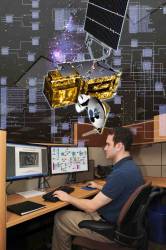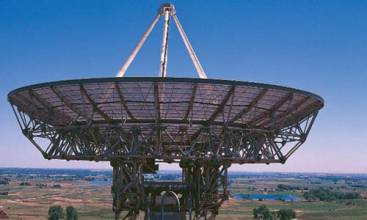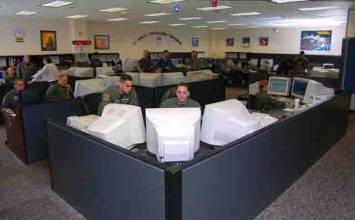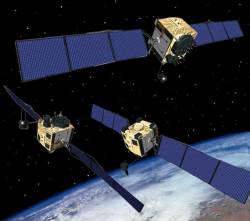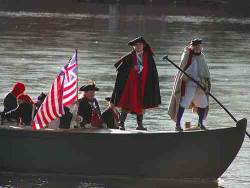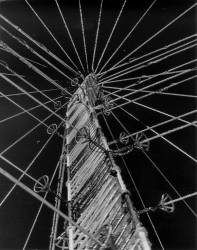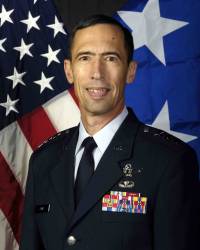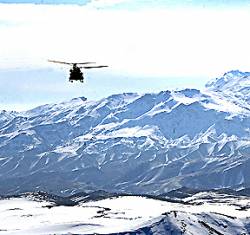First GPS Block IIF Satellite Moves to Cape Canaveral: Launch Window Opens Mid-May
 First Block IIF Satellite (Boeing)
First Block IIF Satellite (Boeing)[updated Februaary 16] The first Block IIF satellite is undergoing final launch preparations after arriving at Cape Canaveral Air Force Station in Florida aboard a Boeing-built C-17 Globemaster III airlifter.
Space Vehicle 1 (SV-1), the first of 12 GPS IIF satellites for the U.S. Air Force, will lift off on a United Launch Alliance Delta IV vehicle later this year, with the first launch window in mid-May.
By Inside GNSS
